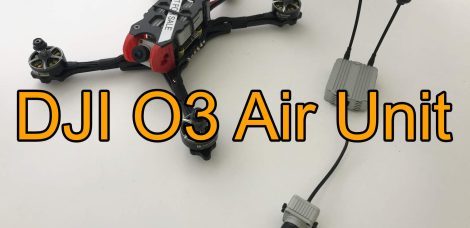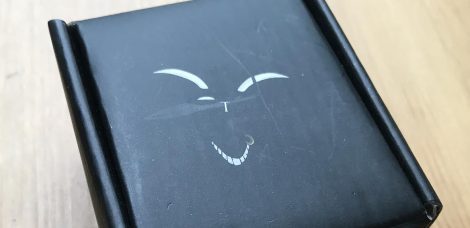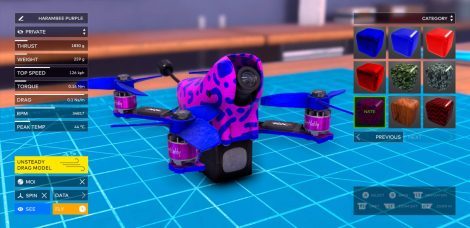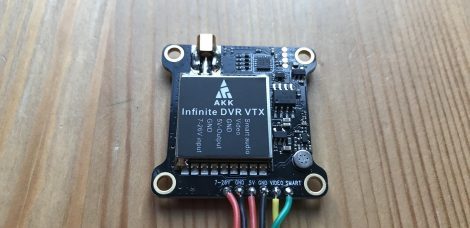If you are flying bigger sized quads, for example 450 to 500 class, balancing your props thoroughly becomes important to yield good flight characteristics as well as recording jello-free video.
Choosing a good prop balancer therefore is key as many cheap products aren’t accurate enough to produce good results. This review is looking at the prop balancer LITE from XXL-Modellbau, which uses a high quality shaft manufactured by Aeronaut.
When you get in touch with the whole prop-balancing-topic for the first time, everything seems straight forward. Put some kind of round shaft trough the hole in the middle of your prop and lay down the shaft on something acting as some kind of bearing. That’s theory only, of course.
Inhalt
Overview
Once you did your first experiments with DYI-balancers you will notices that the shaft* touching some other material will cause friction. And this friction is enough to stop small propellers in any random position letting the prop looking balanced already, even if there is a good amount of weight difference left between the two blades. The solution to the friction problem is called magnetism.
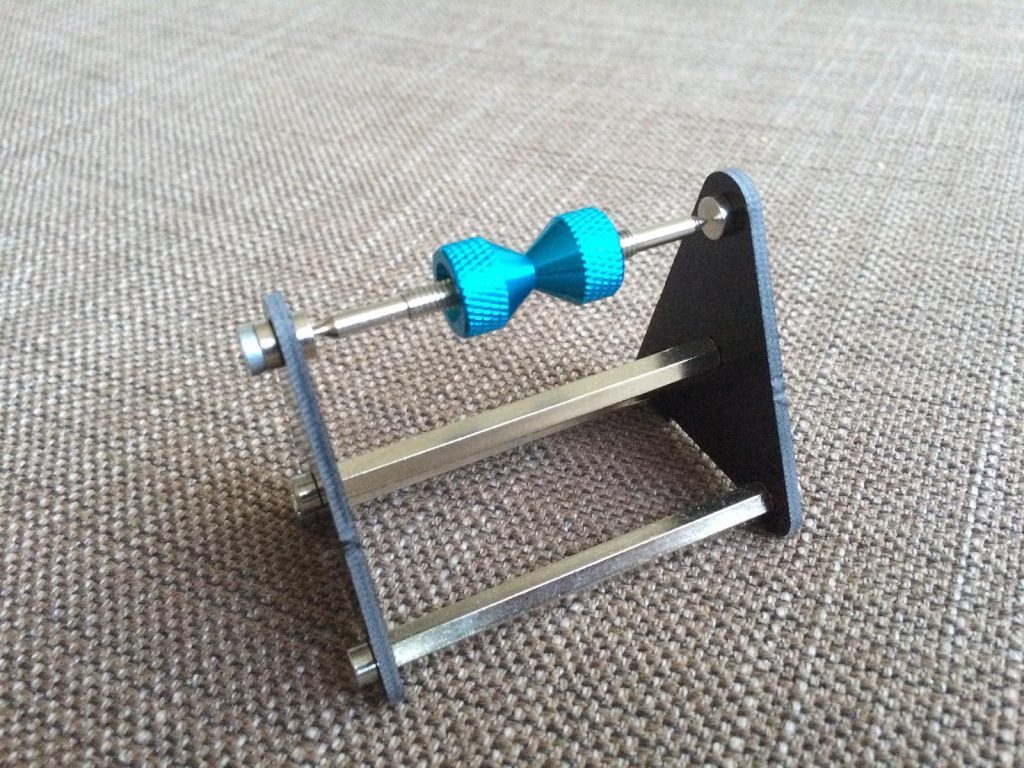
Instead of mounting your shaft by using some mechanical kind of bearing (e.g. a ball bearing), you use strong magnets on each side of your frame construction that will hold the shaft in place. This reduces friction to a minimum and if done right, will make the shaft touch the frame at only one side. The other side is floating within the magnetic field of the solid magnet.
That’s exactly how the XXL-Modellbau prop balancer* works. So what’s the big deal? Well, besides switching to magnets as „bearings“ you will need a high precision shaft. Simply because of the fact, that if your shaft is not 99.9 % even, your results won’t be either.
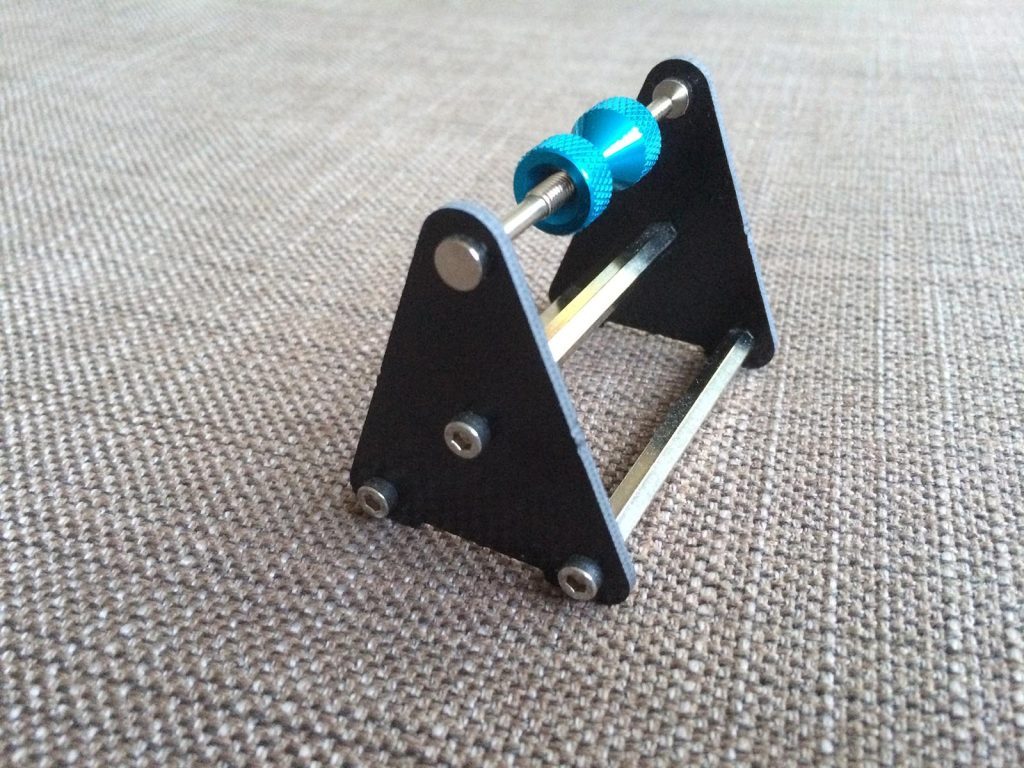
What’s in the box?
The box in this case is a plastic bag, that holds the frame parts, screws as well as the high precision balancing shaft by Aeronaut.

Of course, you also get all the magnets you need to start balancing right away. First is the assembly of the frame, which is basically screwing three bolts with six screws to two fiberglass plates.
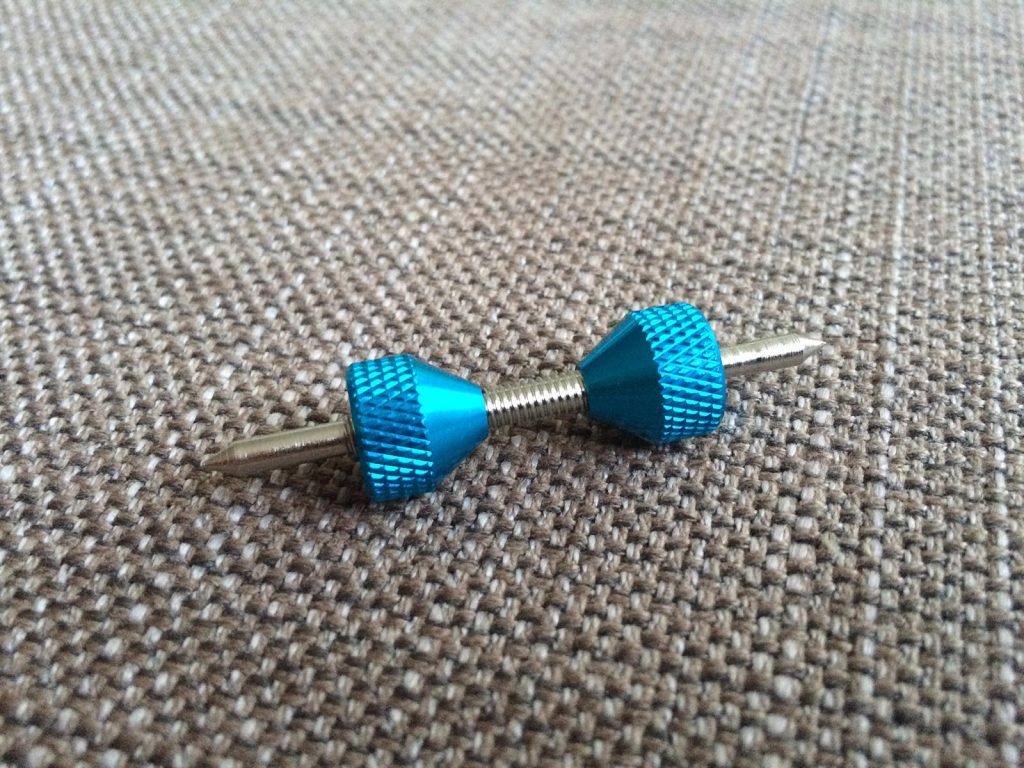
After that you only have to free the shaft from its bag and but it right between the magnets. That’s it.
Using it
To balance a propeller you would start by placing the prop balancer* on a solid and even surface. Next up is taking out the shaft and removing one of the blue thumb screws.
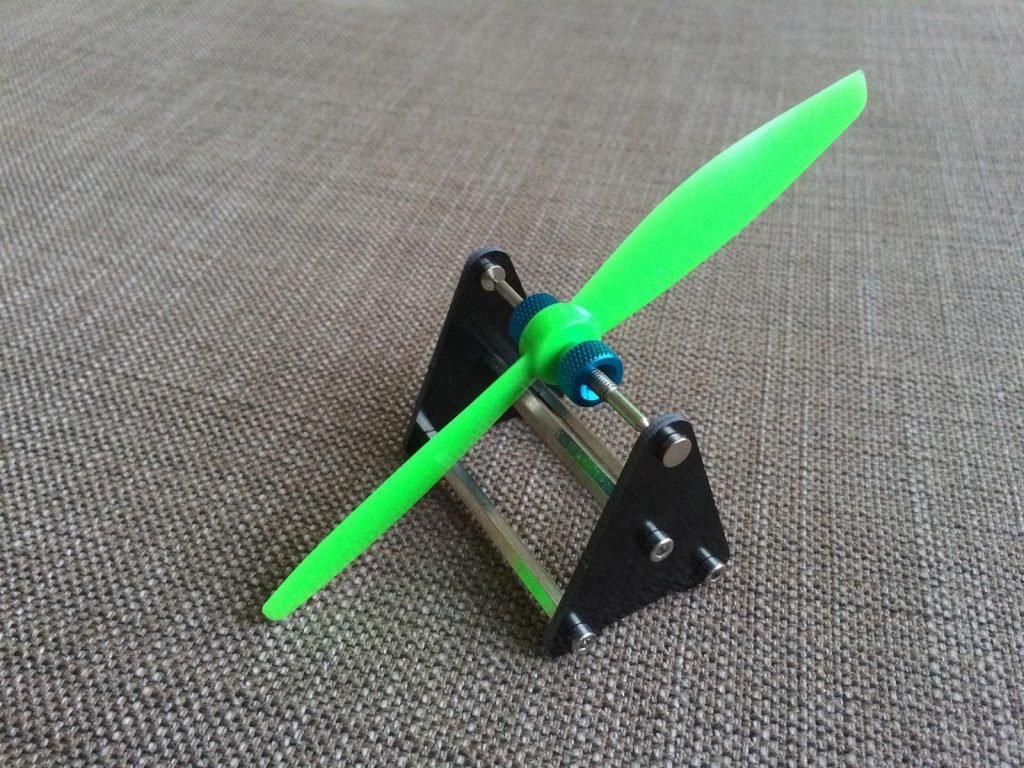
You now put the shaft through the hub of the propeller and screw the removed thumb screw back on. Make sure the prop is clamped relatively firm between the conical shaped ends of both screws.
It should not be able to move without moving the shaft, or to put it the other way round: If the shaft moves, the propeller* does, too.
Now you place the shaft back into the frame and watch the prop finding its current balance. At this moment the fun part starts: Balancing the lower weight blade. You can do this in multiple ways.

I am using tape mostly. You also could use glue or some transparent paint. Which kind of counter weight you are adding should depend on the material of your propeller. The prop is balanced if it won’t move regardless of its angle towards the surface.
Conclusion
Having tried multiple times to come up with an own solution to balance props* correctly, I have to admit that producing a result like the XXL-Modellbau balancer in combination with the Aeronaut shaft will, is close to impossible with the stuff I had laying around. The build quality on this balancer is exceptional.
The magnets are precisely places across of each other. Every part of the kit fits without any problems. The shaft is a beauty itself. It’s even fun to watch it spinning in the magnetic field without any propeller on.So smooth, no sign of vibration or imbalance. The balancer is offered in two different sizes.
I got the smaller frame (LITE), which isn’t as wide as the bigger version (44 vs 100 mm). In terms of height they are nearly the same, though. The bigger version also got bigger magnets. It’s simply made for bigger props – up to 160 grams maximum. Pricing for this high quality product is quiet high as well.
The LITE version is 12,50 €, the BIG version will cost you 24,50 €. That said you have to keep in mind that the balancing shaft* alone will come at around 5 €. That’s more than some complete balancer from China, that, with a pretty good chance won’t get you the results you are looking for anyways.
If you want some quality, you have to pay for it. Same is true for this prop balancer made in Germany.



